Do You Have the Discipline to Say No?
Curt Hanke — FOUNDER, PRINCIPAL, CEO & CHIEF STRATEGIST
Originally published in INC. Magazine on October 16, 2013
If your first instinct is to say yes to every opportunity that comes up, you may need to reconsider. Advertising exec Curt Hanke explains why saying no could be the best thing for your business.

No. That’s the one word that far too many organizations (and individuals) have a hard time saying. It’s unfortunate because saying yes to the wrong opportunities can be truly deleterious to any type of organization.
The inability to say no can drain your business’s precious resources, diminish profitability, and (arguably of greatest import) create a recurring stream of negative energy. The good news? Saying no can be a learned behavior. As such, here are three steps you can take to start building up your “no” muscle.
1. Codify and Communicate Clear Standards. When it comes to vetting opportunities for your business, what are the most effective criteria you can use to separate the “heck yes’s” from the “hell no’s”? Look back and analyze what variables have historically driven success or failure based on your internal key performance indicators.
By way of example, over the past twelve years of serving clients in a wide range of business categories, our organization has defined four key criteria — hardly revolutionary, but direct and intuitive — that help us define whether a prospect is a good fit for us (and we for them).
Our four questions are: Is their culture a good match for ours? Do we believe that we can do great work together? Can we earn a fair buck from the engagement? And can we truly make a difference with our efforts? If we’re not at least nodding like bobbleheads to three of these four questions, it’s likely that the clock will strike twelve on the deal sooner than later — with coaches turning into pumpkins, horses into mice, and a business relationship turning into a termination letter from one party or the other.
2. Engage Your Team. Among the many virtues of codifying and communicating clear standards is that you don’t need to go it alone. Seek the counsel of your internal partners. Gain the benefits of different perspectives and experiences. Start with the facts, then test your guts — and see where you and your team bottom out.
In a recent personal experience of saying no (in our case, to an opportunity with a prospective new client), what was blurry to those of us on the front lines was crystal clear to everyone else; we’d seen this proverbial movie before — we knew both the characters and the plot line, and had to resign that no matter how excited we were about the opportunity, we just knew we didn’t have alignment.
Rather than deluding yourself into the idea that the glass slipper will fit, oftentimes it’s better to admit that you might be stepping into something completely different and move on — which is much easier when you have an entire team looking at the problem and doing the math together.
3. Track Outcomes. Take a moment to look in your rear view mirror to see what you can learn from the aftermath of your previous “yes or no bubble” decisions. What opportunities led to outright disasters? When (and where, and how) did you realize that the “great thing that went tragically wrong” was not right for your business? What information or clues did you miss in the vetting process? And how might you ferret that information out during the review process next time or change your approach altogether?
On the flipside, which opportunities turned into profitable, meaningful, even joyful endeavors for your business? What were the distinguishing characteristics of these opportunities? What did you doubt at the time, and how did these become assuaged after you moved forward? What data does this give you, and what lessons can you apply to refine your criteria and vetting process?
Turning the dice over one final time, think about the opportunities to which you ultimately did say no. What did you do with the available resources that were freed up when you opted to pass on those opportunities? What does this teach you about the power of the “no” muscle?
In sum: What are the best proxies for whether an opportunity will result in happiness or heartbreak? Who are the teammates that can help you read the tea leaves as you are making the call? And what does history tell you (and what will it tell you a year from now) to help strengthen this ever-important muscle?
When you say no, you’re not just closing the door to an opportunity. You’re also saying yes to a world of other possibilities. As I reflect on my two decades in business, I have to confess that I’ve regretted saying yes a lot…but not once regretted saying no. File under: Door closes, window opens. Funny how that stuff actually works out when you trust yourself, your team, and your gut — and make the right decision for your business.


